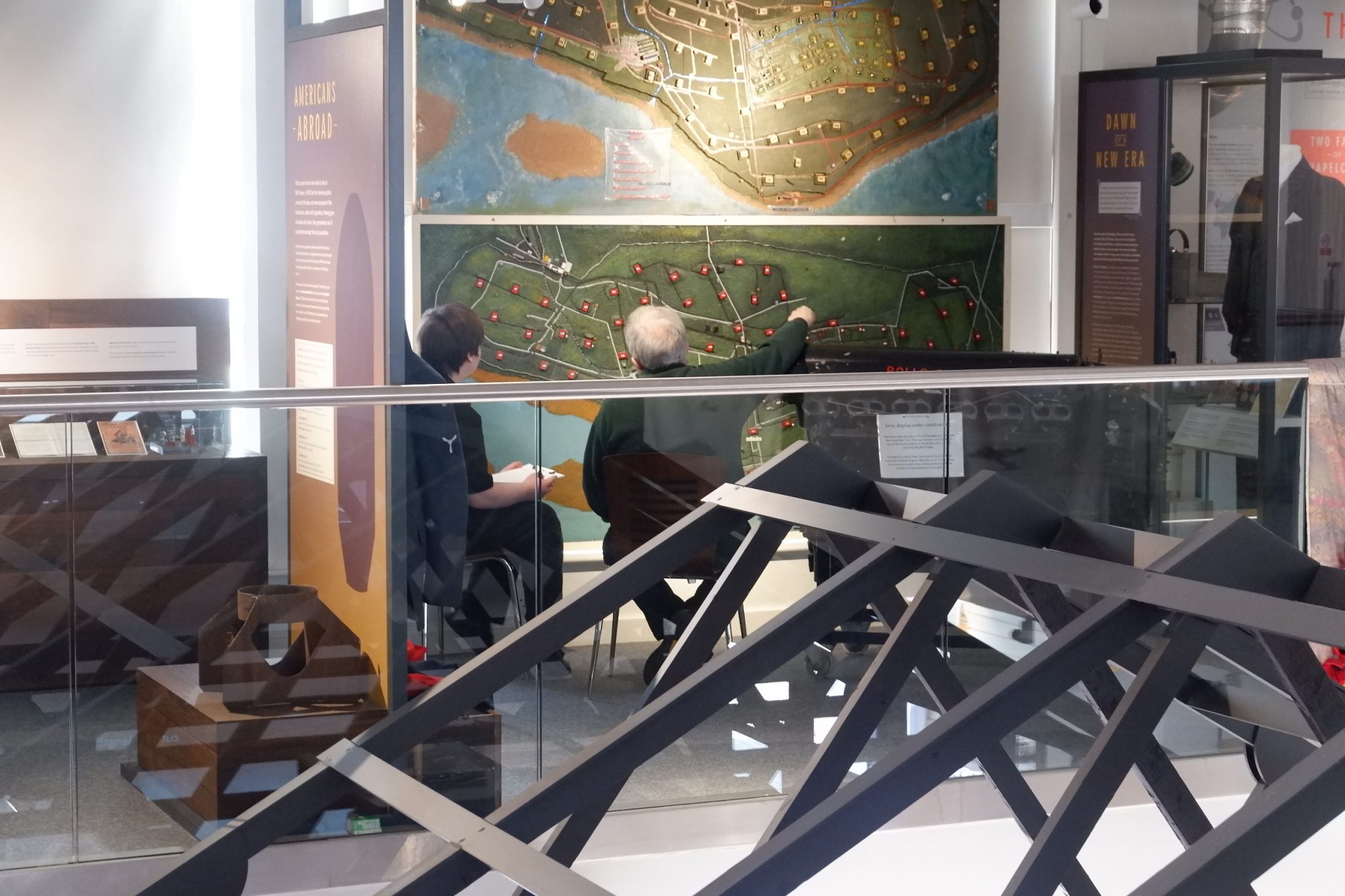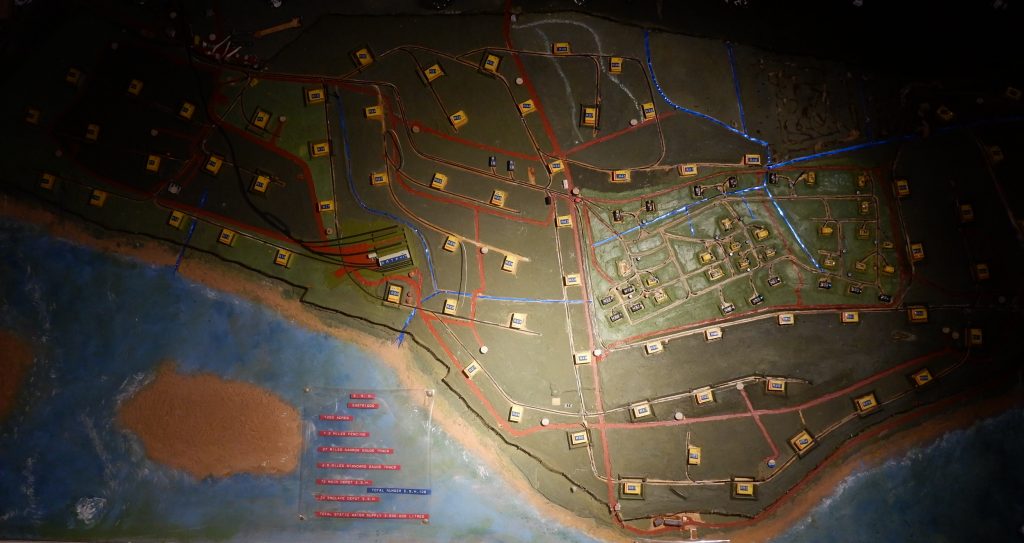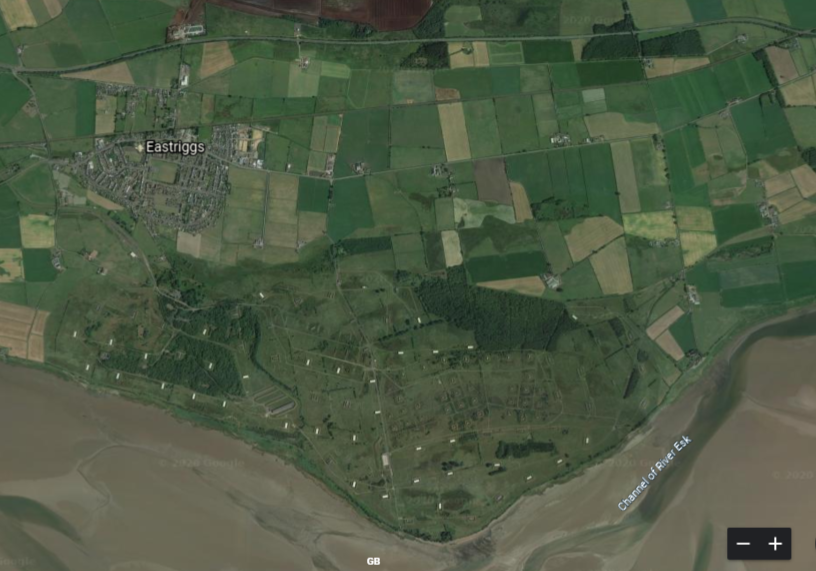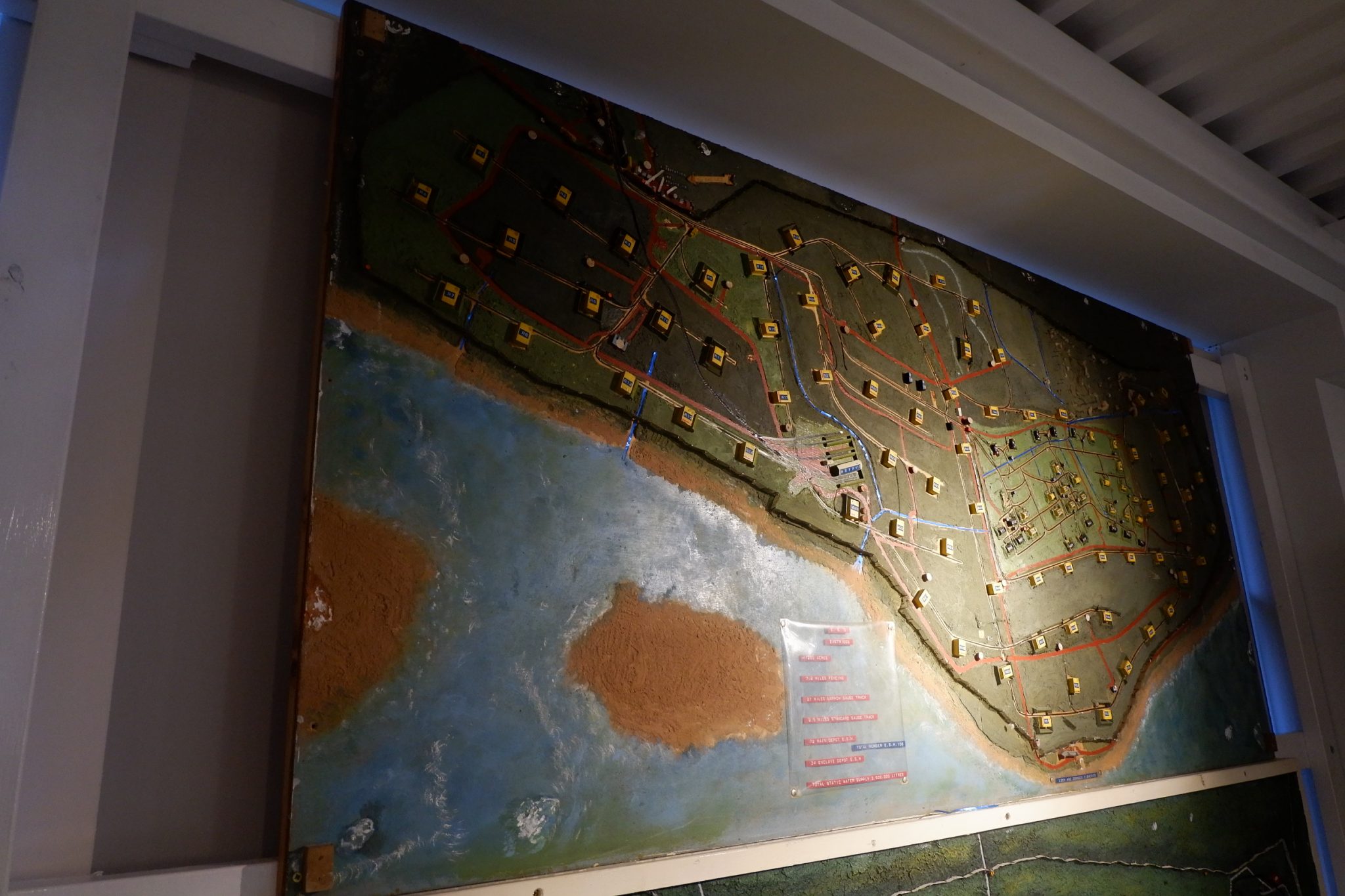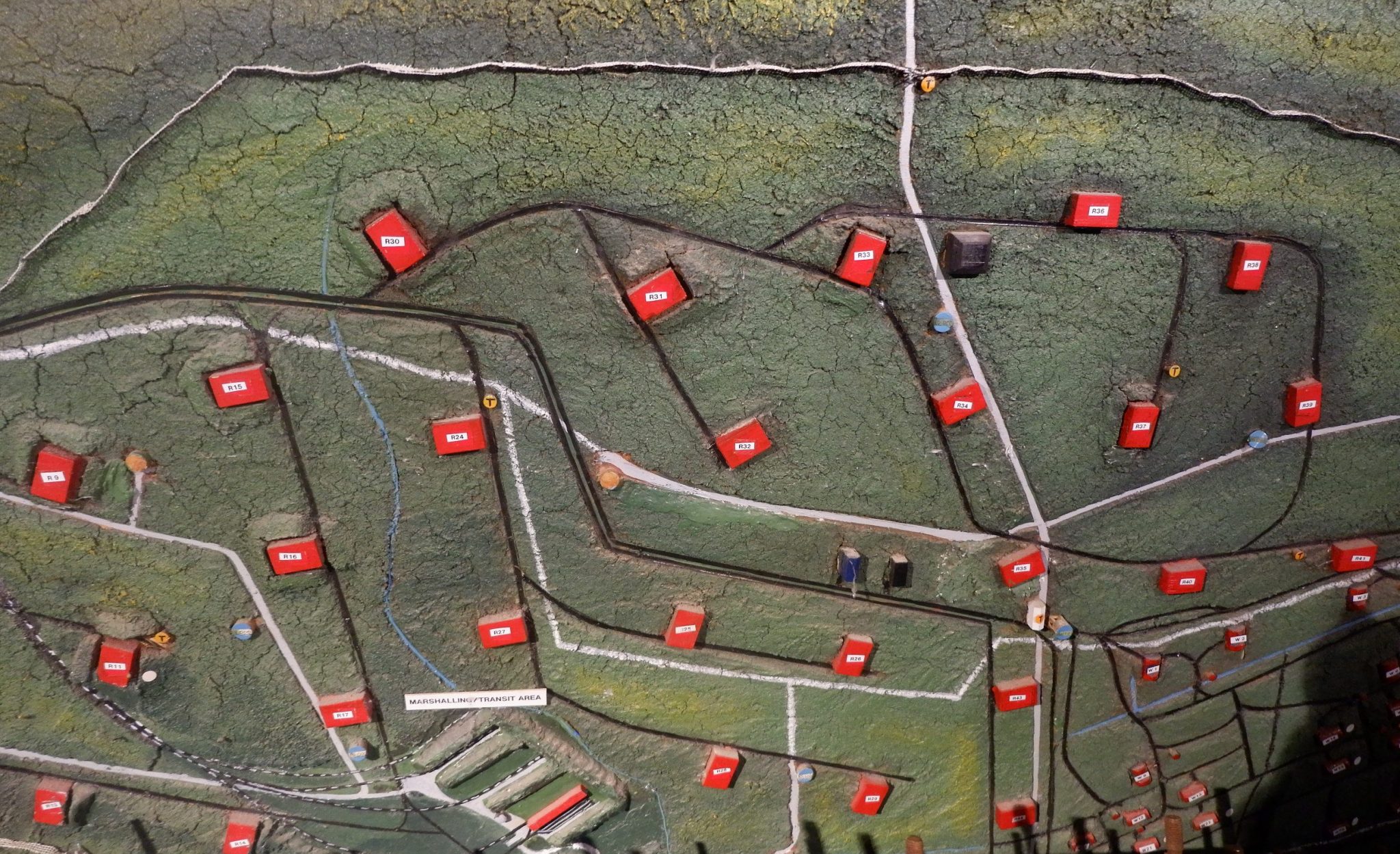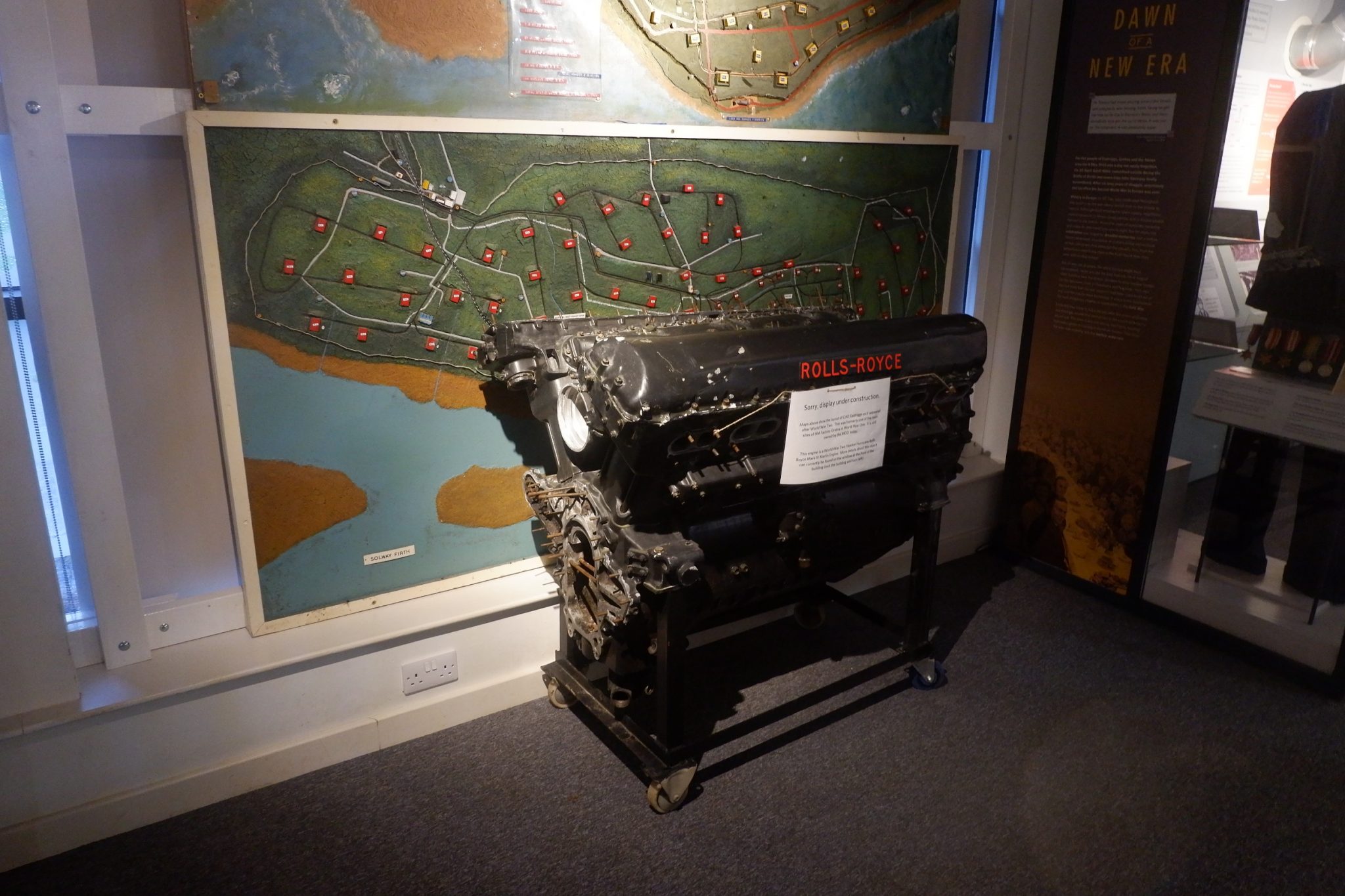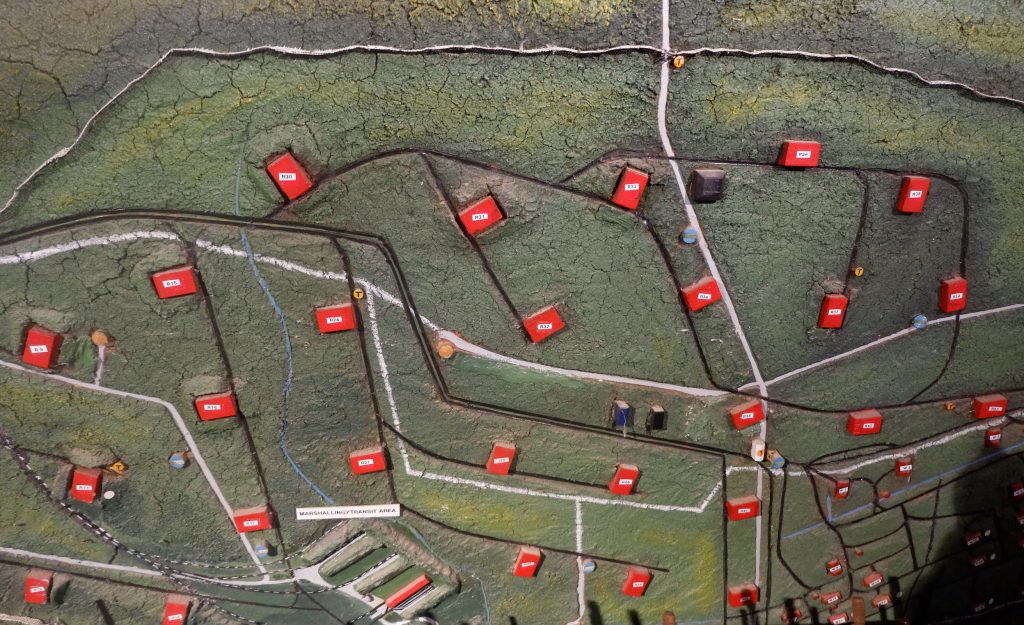
Yesterday, I spoke to Robin who is one of our volunteers and a Trustee at the Devil’s Porridge, about a new map display of the Ammunition Depot in Eastriggs. Robin had previously worked in the depot as an Inspector in the Ministry of Defence Police (MDP). He was the Officer in charge of the MDP complement which policed the Depot at Eastriggs and Longtown and has extensive knowledge of the base.
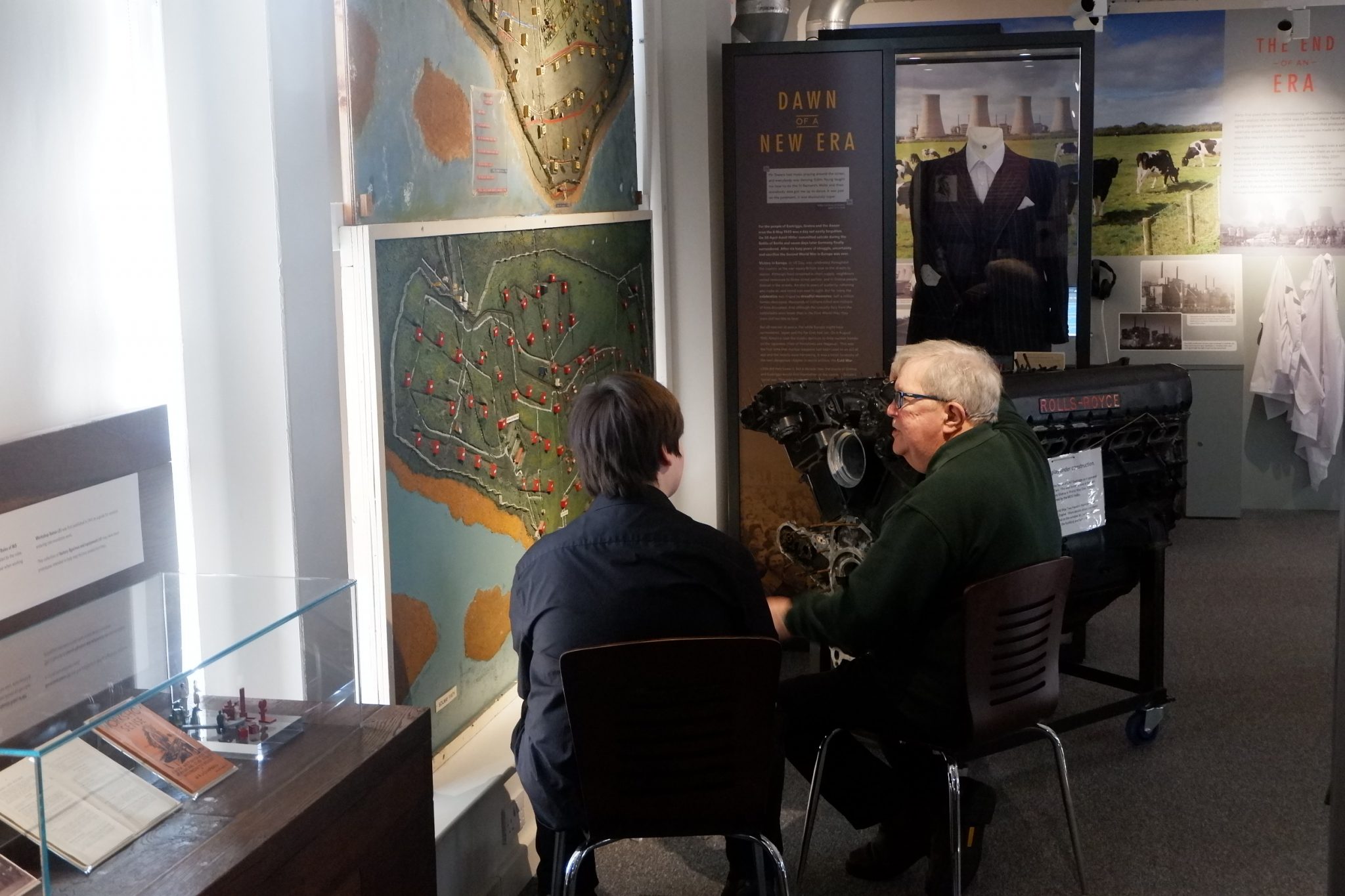 He told me that the depot was primarily used for the storage of ammunition such as rockets, bombs, missiles, and vast amounts of bullets. He then went on to explain that the depot is full of buildings called ESH (Explosive storehouses), used to store the ammo.
He told me that the depot was primarily used for the storage of ammunition such as rockets, bombs, missiles, and vast amounts of bullets. He then went on to explain that the depot is full of buildings called ESH (Explosive storehouses), used to store the ammo.
“An Explosive Storehouse, is a building designed to minimise the damage to the surrounding area if the ammo explodes. The walls are made of 4” of brick, while the roof is made of 12” of concrete and the whole building is surrounded by a large dirt and concrete mound called a traverse. If the ammo inside explodes, the walls will collapse causing the concrete roof to fall down onto the fire, which will suffocate the fire. However, the explosion that broke down the walls could cause what’s called a chain reaction setting off all the other ESH to explode. That’s why the traverse is surrounding it, in theory, it will block the explosion reaching other ammunition stores.”
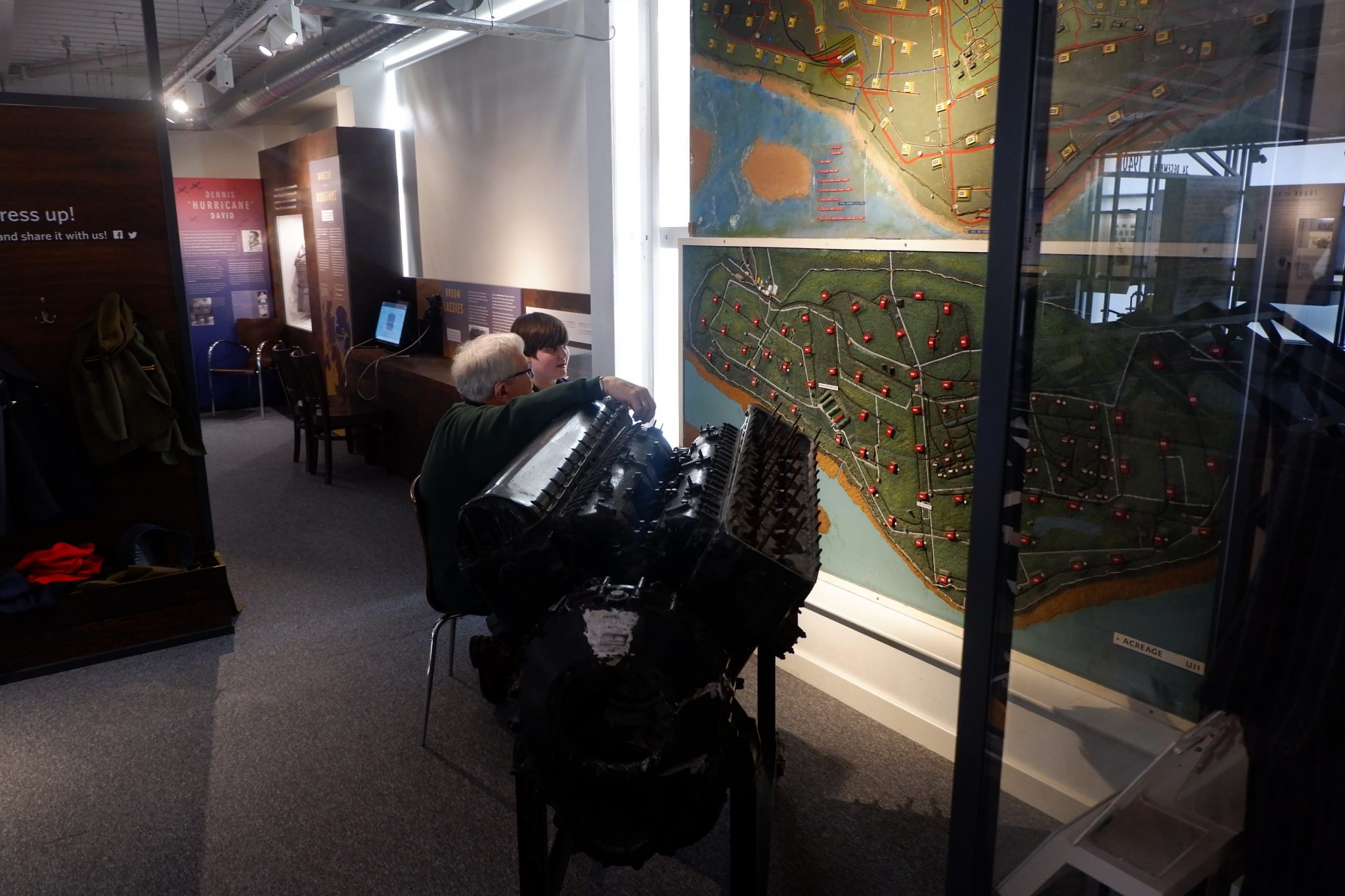 I went on to ask just how many ESHs there are in the depot.
I went on to ask just how many ESHs there are in the depot.
“Well, there are 72 in the main depot, spaced evenly apart, and another 34 in the enclave depot. The Enclave depot has been there since the first world war and the main depot was built around it.”
“Supplies would arrive mainly via train, on the standard gauge track (marked in black with white lines) at the main gate and would be delivered directly to the Marshalling or Transit Area. The train would arrive at a double platform where its cargo would be transferred to a train on the narrow gauge railways. The train with the cargo would then follow all 27 miles of the narrow gauge tracks (marked in black on the map) to each ESH arriving at R1, followed by R2 and so on. This train would also return with cargo gathered from the ESH and deliver it to the Transit area for transport out of the depot. Deliveries via lorry would be taken to the Road loading Area, where it would then be transported via the roads to the correct ESH.”
I then asked Robin what his role at the depot was.
“I was the Officer in charge of the MDP complement which policed the Depot at Eastriggs and Longtown. I used to patrol the perimeter of the depot with the dog handlers. The fence was 7.2 miles long, we would check for holes in the fence and intruders. I would also work the checkpoint at the main gate confiscating contraband like phones, cigarettes, lighters and such.”
Written by Connor Rayson, young volunteer at the Museum on a placement with us from Lowland Training Services.

